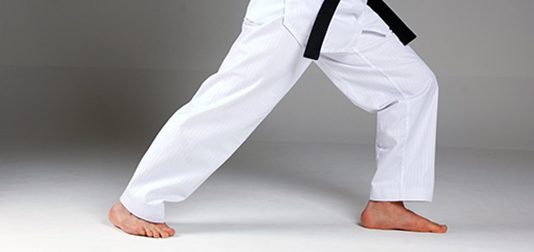Step 1 - dig around in these forums. This question has been done a lot. You will find answers that run from they are not useful at all, they are just there to copy and make look cool, all the way to the other end, that there are layers to them, with lots of stuff inside if you look. Read those viewpoints, pick the one you like, and run with it.
Step 2 - if you have not abandoned them yet, it would be good to learn how they were intended to be used. Many people have misunderstood what they are and how they were designed to be used. Look into the Shu Ha Ri pattern. Yes, its Japanese. Many of the founders of TKD studied Karate. Two of them studied with Funakoshi and one studied with Funakoshi's Sensei. By studied, I mean attained black belts, and at least in General Choi's case, he had his own Karate dojo in Japan before returning to Korea. When these guys started teaching TKD, they taught the Karate kata, then renamed them, then rearranged the movements and made their own versions. However, they kept the pattern. Shu Ha Ri is the pattern that the Japanese used to transmit knowledge and skill. The kata / forms part is step 1 of the transmission. When learning to play a musical instrument, they teach you to play the individual notes first. How to read the note, then place your fingers correctly and play the note. They then have you doing exercises playing the different notes and transitioning from one note to the other. Then you start learning scales. No, you don't actually play those finger exercises when performing at concerts... so why learn them? I can learn to play the song I want to play and skip all that stuff.
This is what the kata/forms are. They are a piece of the transmission process. To be specific, they are the first part. They teach you the notes and some scales. If used correctly, they can be the basis that you can build upon, so that you can easily play quite a few different songs and even learn new ones fairly quickly. You will have to do some extra work up front before you get to your favorite song. Or, you can skip straight to your favorite song and study it. Whichever route you take is fine. Both have pros and cons. But take the route that you enjoy.
Here is one essay on Shu Ha Ri that goes into some good detail about how the process should be done. Note that many places, many schools, and many styles now only do the copy for copy sake method... mainly because thats how they were taught.
Takamura ha Shindo Yoshin kai


